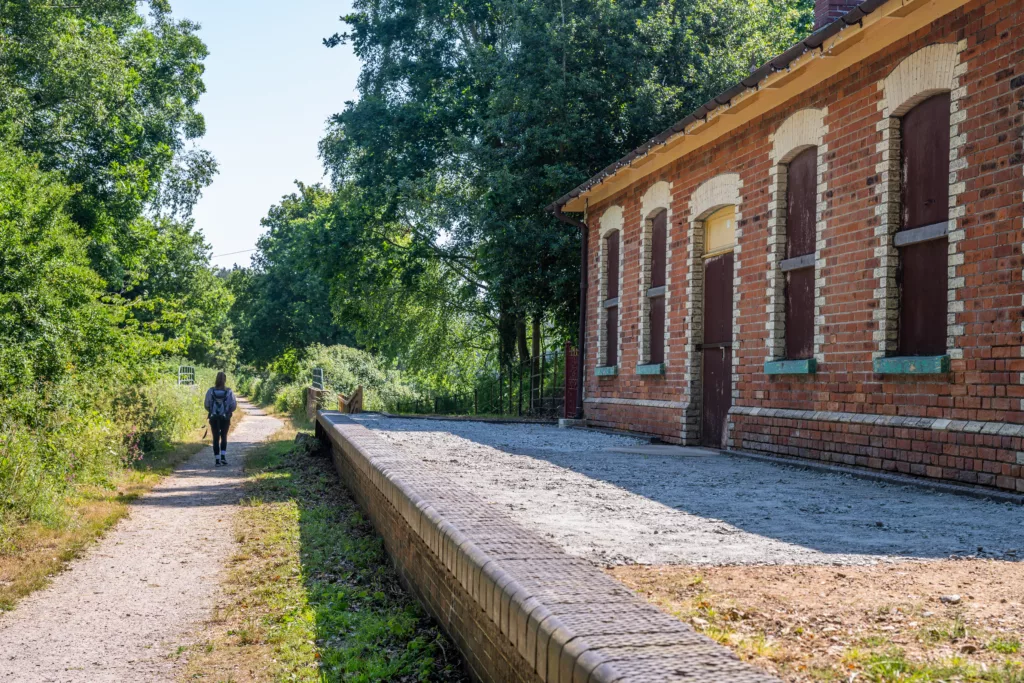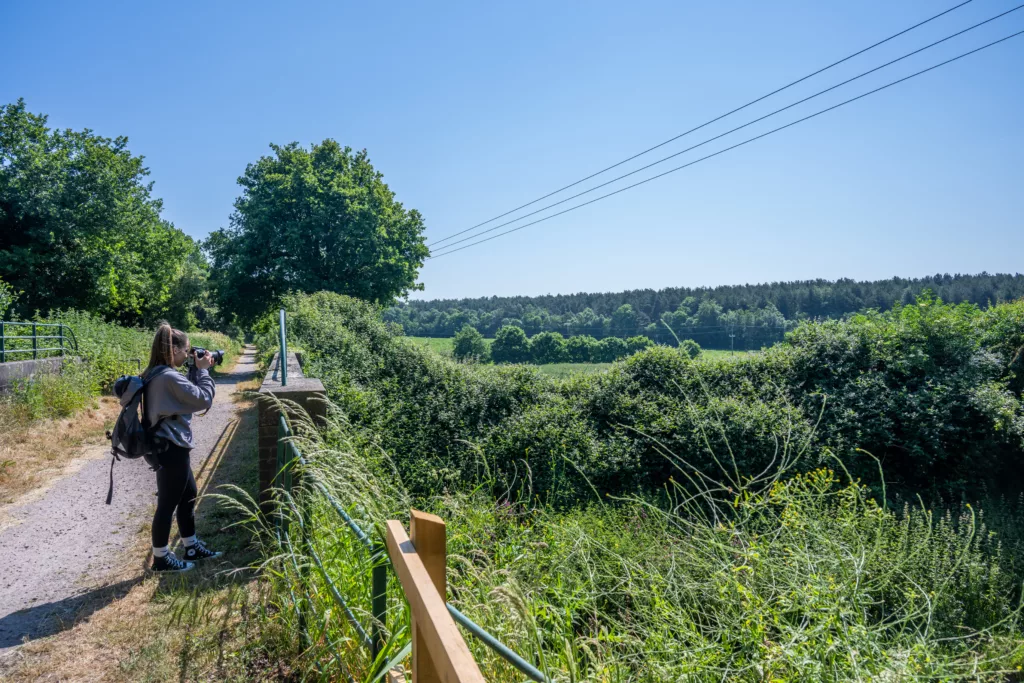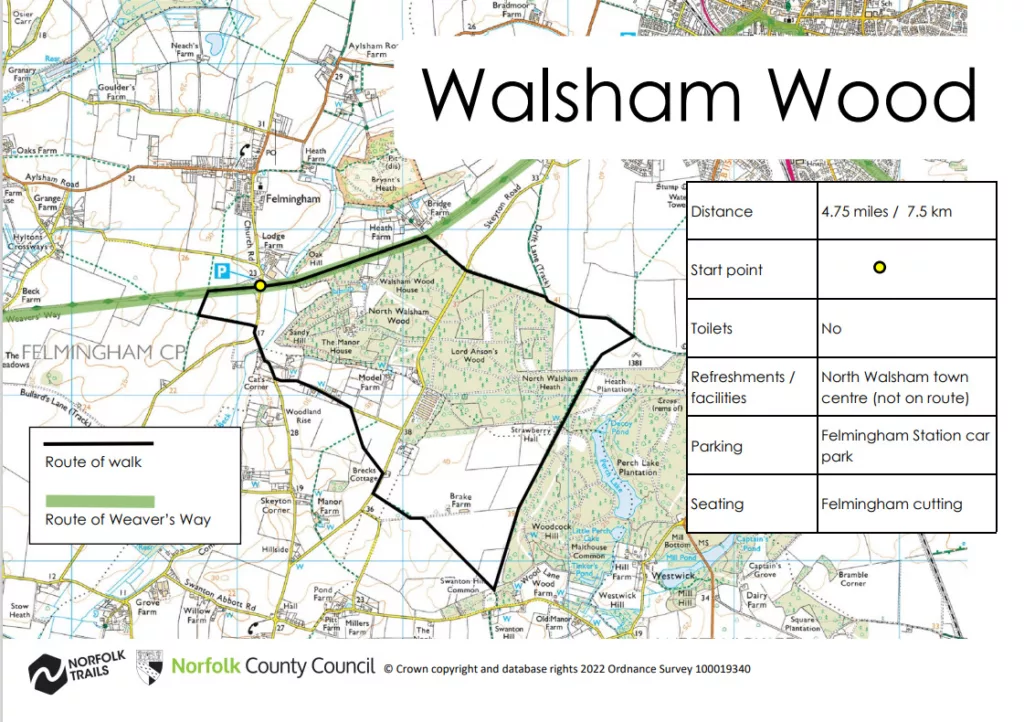Norfolk communities were transformed by the railways. Idiosyncratic local timekeeping marched into line as train schedules synchronised clocks across the country. But the railways were doomed.
The Midland and Great Northern line opened at Felmingham in 1883 but by 1959 it closed. Cars had taken over. The old track is now part of the Weavers’ Way long distance path and the cutting has blossomed into a Nature Reserve. Felmingham’s well preserved station building marks the wealth of Norfolk’s past. But things weren’t always so prosperous.
This walking route takes in one of Norfolk’s few recorded battlefields. In the poverty-stricken years following the Black Death, a bonfire of social grievances exploded, sparked by the imposition of a Poll Tax. The people said enough is enough. In 1381 a local dyer, Geoffrey Litster, styled himself ‘king of the commons’ and led a rebellion, part of the widespread Peasants’ Revolt. But the rebels were defeated by Bishop Despenser’s forces and Geoffrey Litster was hung, drawn and quartered in North Walsham.
Today the battleground is an arable field, giving away little of its bloody past, commemorated on the ‘stump cross’, a short diversion away by a footpath on the edge of North Walsham. It’s one of three medieval crosses in the vicinity. Another, at full height, is close by near the B1150. Not far away, in Lord Anson’s woods is the site of Strawberry Hall, a grandly named gamekeeper’s cottage. Now gone, like the railways and rebels, it lives on only in memory.



